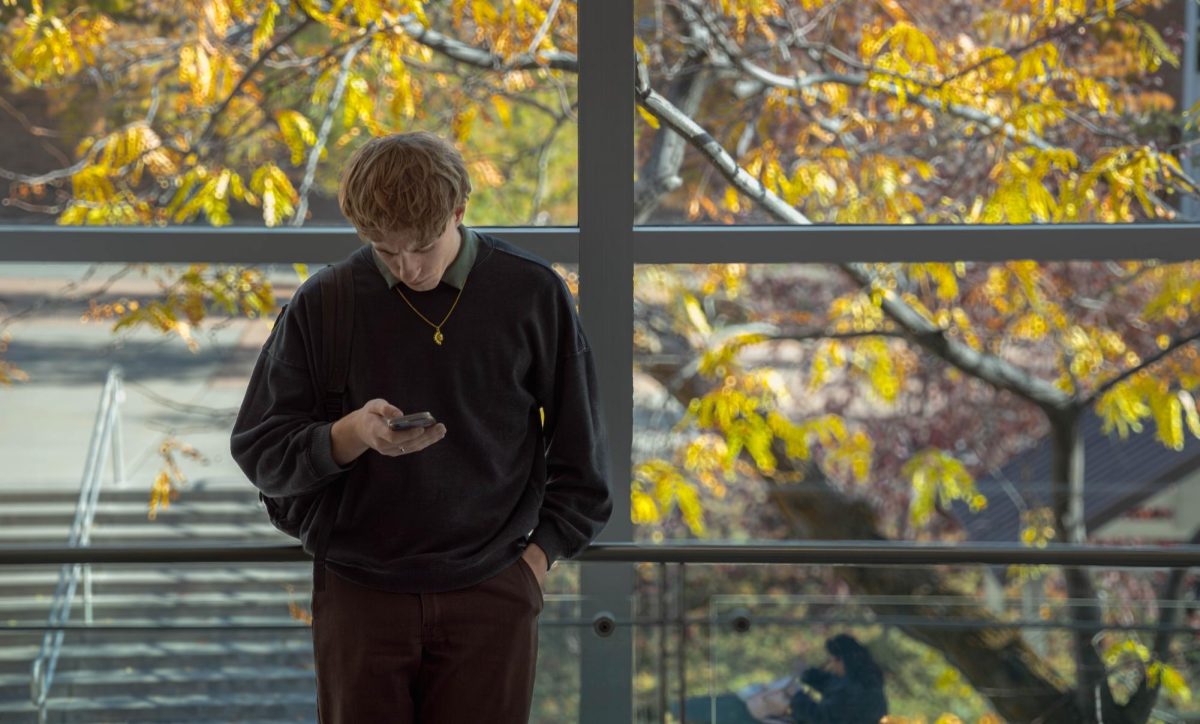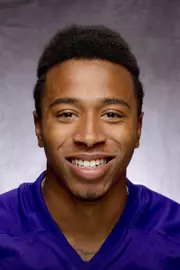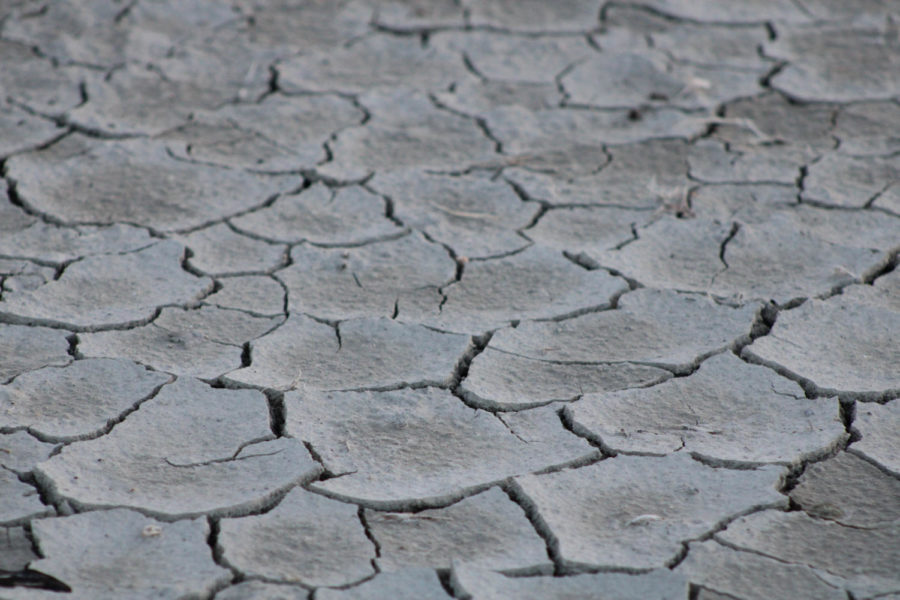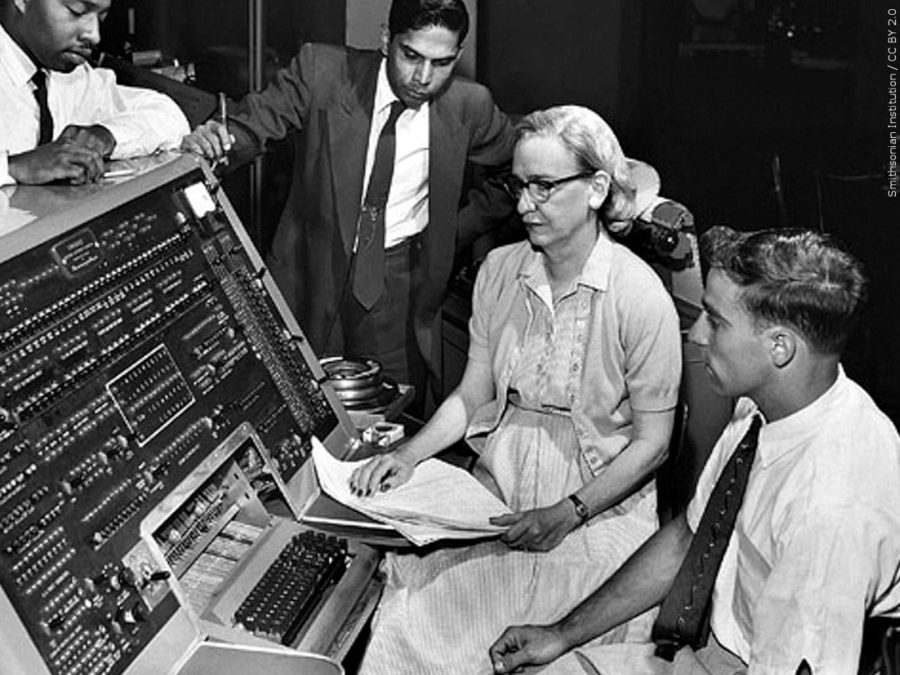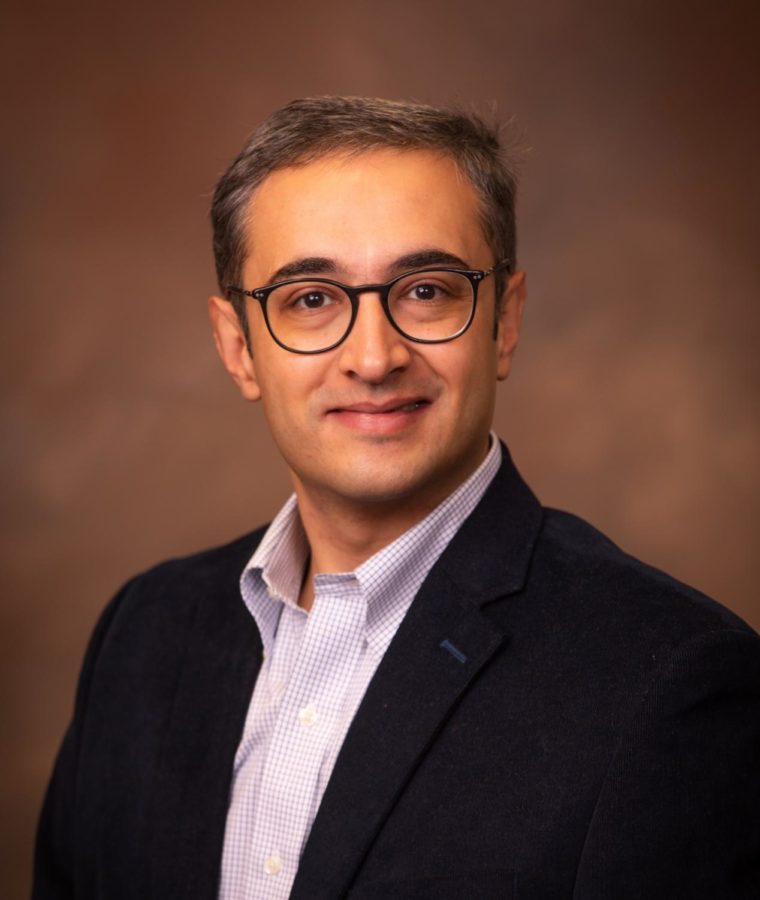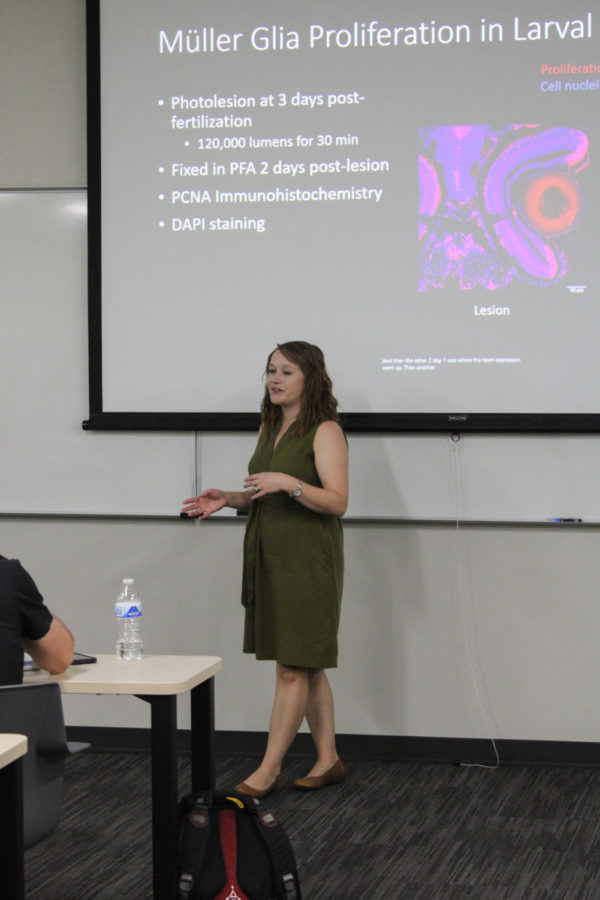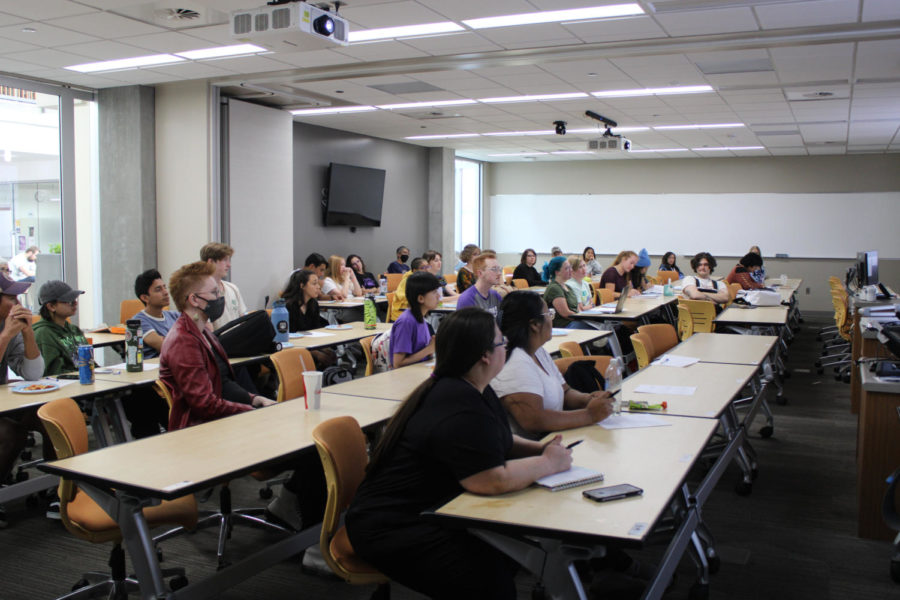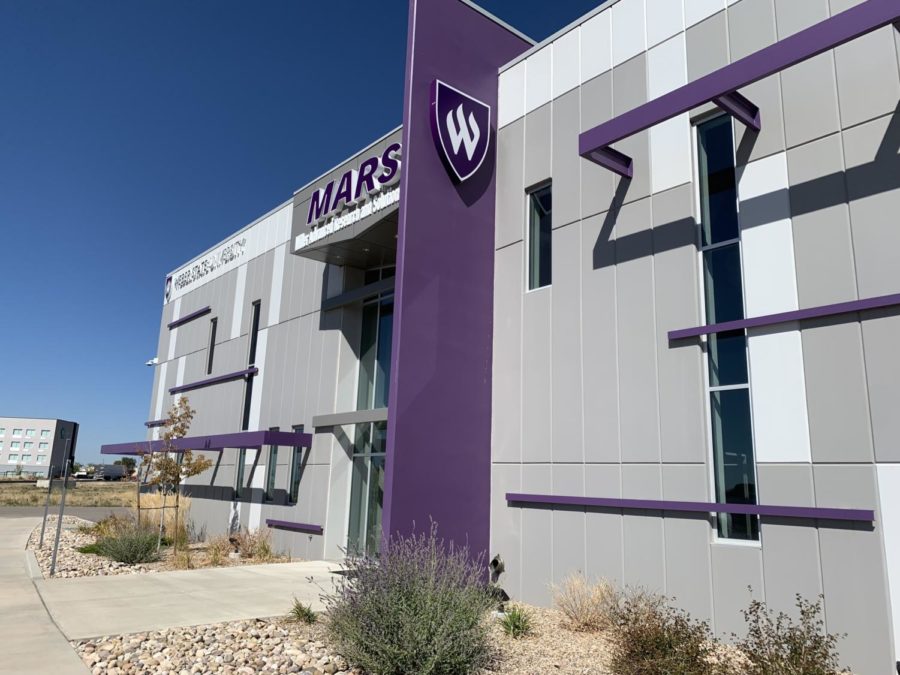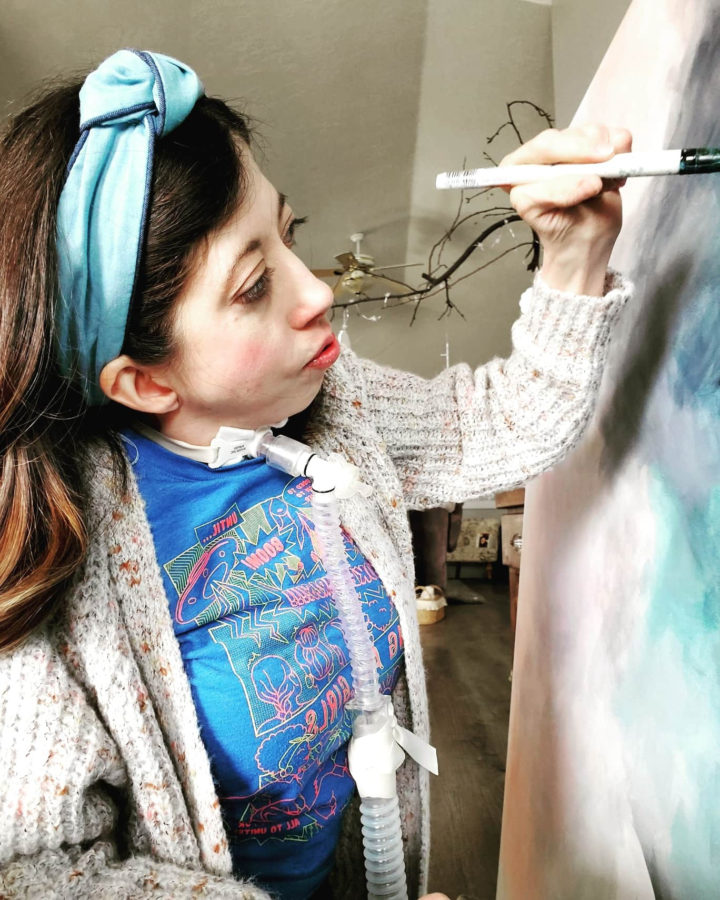
This coming spring, the Master of Science in radiologic sciences will graduate its second class of students. The Minnie recognized Weber State University, one of the few Master of Science programs in radiologic sciences in the country, as the “Best Radiologic Technologist Training Program.” This award is given by other professionals in the medical imaging field.
According to Robert J. Walker, the program director, creating the Master of Science in radiologic sciences was a natural progression for the radiologic sciences program. Since WSU already offers both an associate’s and a bachelor’s program in radiologic sciences, the creation of a master’s program was just the next step, “so we were asked to put a program together by the dean’s office,” Walker said.
“In radiologic sciences, there are really two degrees in the country: one in education and one in management. We wanted a degree for all the people in the middle that would make them better clinicians. Our goal was to create a degree that enhanced medical skills on a clinical level.”
Being unique in that the program focuses on the clinical aspect of radiologic science, WSU’s radiologic program is also one of the top-ranked programs in the nation.
“In November of 2012, we were named the No. 1 radiologic training program in the country,” Walker said. “We actually beat out John Hopkins Hospital for that honor. We’ve been one of the top two programs in the country for years.”
Even though the degree focuses on clinical studies, a Master of Science in radiologic sciences can be used in a variety of ways.

A master’s degree allows the holder to work in research, administration, education or in a clinical setting. According to Lonnie Lujan, the enrollment director for the Master of Science in radiologic science, students enjoy and learn from the integration of different modalities.
“For example, we’ll have people that will have gone through our sonography program, and when they come in they’re going to learn other modalities, and that helps them become a more well-rounded technologist in their field,” Lujan said. “When they go back to their facility, they’re more able to understand other techniques or apply research.”
Lujan, as the enrollment director, has the opportunity to work directly with students and “help them so that they can stay in the program and graduate from the program,” he said.
The program, according to Lujan, is built to help students succeed both academically and professionally.
“The department as a whole is a career-ladder type of program,” Lujan said. “You can get your associate’s, bachelor’s and master’s degree all from the same school.”
According to both Lujan and Walker, the program has gained much national attention, drawing students from not only around the country, but also around the world. The first class that graduated from the Master of Science in radiologic sciences included students from Florida to California and everywhere in between.
“This year, we’ll be graduating one student from Saudi Arabia and another from China,” Walker said.
Bret Rohde, a clinician at Bear River Valley Hospital in the northern part of the state, was part of the first graduating class from the Master of Science in radiologic science. As a professional clinician, Rohde said the Master of Science in radiologic science program has helped him in many ways. Rohde said many of his classmates were fellow clinicians. This enabled him and his classmates to have discussions that ultimately added to his education.
“There were a lot of people that were all clinicians, and so all the discussions we had were about patients and case studies that they had worked on,” Rohde said. “We learned a lot from each other’s experiences and from all the information and data that we were compiling. That made the experience really great.”
Rohde also said the focus on research and clinical work was very helpful. While bettering clinical practice is a focus of the program, participating and better understanding research is also a focus of the Master of Science in radiologic science program so it can be more efficiently applied in a clinical setting. Rohde also said one thing that stood out to him was how the Master of Science in radiologic science was “good for teaching people how to read and write research. We also worked on how to be a better clinician.”
With the second class of graduates from the Master of Science in radiologic science program preparing for graduation this spring, the program continues to grow and improve. Walker said he and his staff continue to work on and improve their program with every passing semester.
“Every year, you find things that you do well and things that you didn’t do so well, and you modify the program along the way, strengthening components that maybe weren’t as good as the year before,” Walker said. “It’s all a learning process.”



